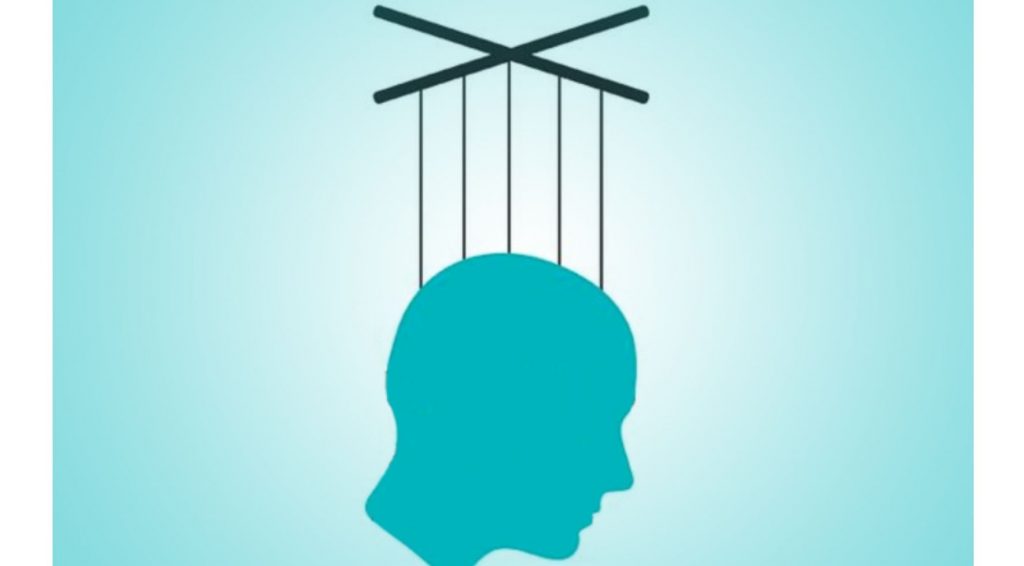Rights and Accountability
29 February 2016
A new documentary shows the devastation Israel’s 2014 bombardment of Gaza caused to medical and rescue teams.
In the documentary, which can be viewed at the top of this page, three medics recall incidents during which their colleagues came under attack.
In total, 11 ambulance drivers and civil defense workers were killed during Israel’s 51 days of aerial bombing and ground invasion.
Twenty-four ambulances and 70 medical facilities were damaged or destroyed.
In many cases, ambulances and facilities appear to have been directly targeted despite having provided their coordinates to the Israeli army.
The documentary was produced by Al Mezan Center for Human Rights in Gaza.
Ambulances targeted
According to Mahmoud Abu Rahma, an Al Mezan representative, ambulances were targeted after Israel’s ground invasion began on 17 July.
“International law is crystal clear concerning its inviolable protection of health facilities and workers, including ambulances,” Abu Rahma says in the documentary, noting that Palestinian ambulances are well marked in colors agreed with Israel.
Al Mezan submitted complaints to the Israeli authorities demanding a credible investigation into what appear to be targeted attacks on medical facilities and personnel.
The Israeli military has opened two investigations into the killing of ambulance drivers in separate attacks on 25 July 2014.
However, to date only one instance of an apparent direct attack on a medical facility has prompted the military to open a criminal file. That case was only opened after media reports exposed the deliberate shelling of a clinic in the Shujaiya neighborhood of Gaza City.
A senior military officer ordered the shelling to avenge the killing of an Israeli soldier the previous day.
“Totally burned”
Mohammed Hessi, a medic with the Palestine Red Crescent Society, says in the documentary that his team was not prepared for the “intensity of the war.”
In some of the cases described in the documentary, medics say they had been given a green light by humanitarian aid coordinators to enter an area following an attack by Israel. Yet when they arrived near the scene of the attack, they found that it was still surrounded by Israeli troops.
This suggests that Israel deliberately tried to frustrate the work of and endanger the lives of rescue and aid teams.
Rami al-Haj Ali, a Red Crescent medic, recalls trying to rescue a colleague named Aed in the Beit Hanoun area of northern Gaza. As Ali approached al-Masri street in Beit Hanoun, he saw an ambulance that “was so destroyed that you could barely say it was an ambulance,” he says.
Because he came under Israeli fire and was wounded in one of his feet, Ali was unable to reach his colleague.
Jaber Drabiah, a medic with the Palestinian health ministry, had to place the remains of a colleague named Atef in a body bag. Atef had been “totally burned” in an attack on an ambulance.
Afterwards, Jaber headed to al-Najjar hospital in Rafah, Gaza’s southernmost city. He was exhausted and sat down in a yard.
It was there that he was told that his son Yousef, a volunteer at the hospital, had been killed in the same attack. As a photograph of Yousef appears on the screen, Jaber says: “The staff all loved him.”
Tags
Source Article from https://electronicintifada.net/blogs/charlotte-silver/video-did-israel-target-gazas-ambulances
Related posts:
Views: 0
 RSS Feed
RSS Feed

















 March 1st, 2016
March 1st, 2016  Awake Goy
Awake Goy 



 Posted in
Posted in  Tags:
Tags: 

















Comments
a repeating scene
Permalink tom hall replied on Tue, 03/01/2016 – 15:00
There’s a battle scene in Shakespeare’s Henry the Fifth in which it’s discovered that the perfidious French, beaten in open combat, have resorted to the merciless slaughter of those guarding the English army’s supplies. In this case, the dead amounted to unarmed boys, and the sense of outrage on the part of King Henry over this bloody and gratuitous war crime rises to a terrible pitch. I couldn’t help thinking of this episode while contemplating the crimes of the Israelis in their Gaza assault of 2014. In particular, the deliberate targeting of ambulance rescue services reveals a dark streak of cowardice and sadism.
Of course, today Shakespeare would be actively discouraged from directing his moral fury against the Only Democracy in the Middle East. His agent would ask him to watch Homeland and wonder, “Why can’t you give people what they want?” If he persisted, what’s known as career suicide would ensue.
Add new comment